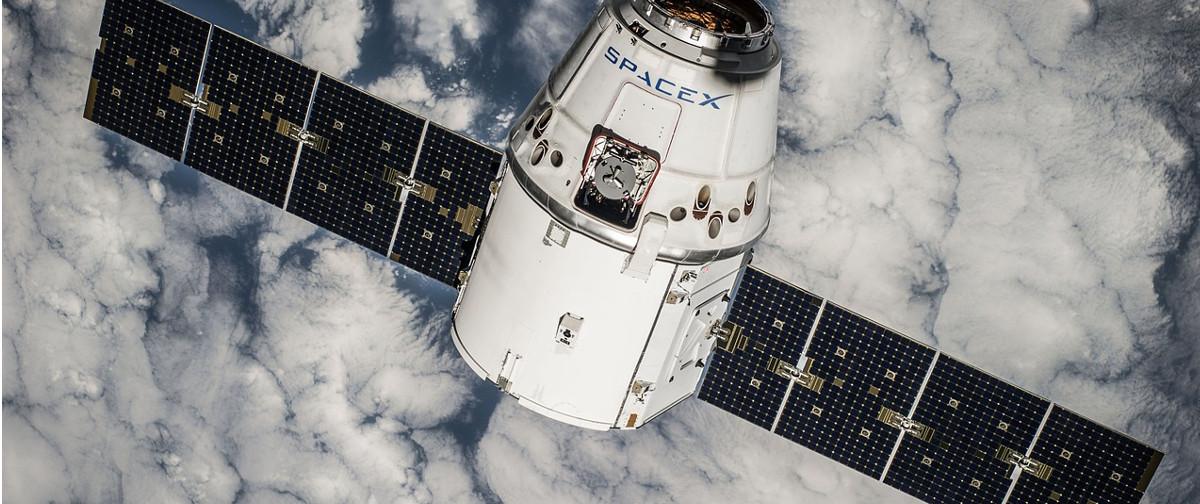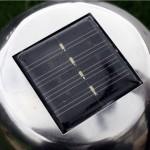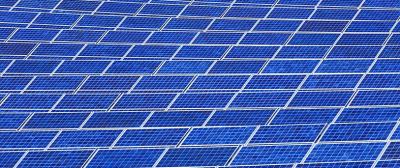What is Space-Based Solar Power?

When most of us think of solar power we imagine solar panels on rooftops; space-based solar power isn't always the first thing that comes to mind! So, what exactly is it?
In a nutshell, space-based solar power (SBSP) is the concept of using satellites in space to capture light from the sun and beam the power back to the Earth for use.
The concept of SBSP has been around for over 40 years and during that time it has become an increasingly realistic possibility. While it has never been implemented for a number of reasons, SBSP could provide a potential solution to the issues we face when it comes to generating renewable solar power on the ground.
How Does Space-Based Solar Power Work?
Popular Science explains that satellites outfitted with solar panels would gather the sun's energy and convert it into an infrared laser beam. This would then be beamed down to power-receiving stations on Earth, where the electricity could then be added to the grid. There would also be the possibility of carrying this process out using microwaves, as opposed to a laser transmitter.
How Close are we to Space-Based Solar Power?
Space-based power isn’t an idea that’s taken off just yet but we’re getting ever closer. Just this year (2018), scientists at the California Institute of Technology revelealed that they had created a prototype that’s able to harness and transmit solar energy from space. Their prototype hasn’t been into space so how do they know this? Well, it’s been subjected to “space-like” conditions.
Pros of Space-Based Solar Power
Here are just a few of the reasons why we might want to move the solar panels from our roofs up into space:
- It's a renewable energy source which produces no hazardous waste
- SBSP is available 24 hours a day, unlike the solar generation we use on Earth, which is only a fraction of this amount
- There is no atmosphere, meaning the collectors can receive more intense sunlight (around 30% of solar doesn’t make it to Earth)
- The energy produced could be exported to virtually any place in the world according to the National Space Society
Cons of Space-Based Solar Power
While space-based solar is capable of generating energy from the sun 24 hours a day, the fact that it hasn’t taken off yet shows that there are a few things to consider:
- High development costs
- Concerns over the use of laser technology in space
- According to the Department of Energy it could take as many as 100 launches into space for production and assembly of microwave satellites – all of which would emit pollution into the atmosphere
- Maintenance of systems would also be complicated and potentially very expensive
- The receiver on Earth would need to be extremely large
When Could Space-Based Solar Happen?
Due to the costs and concerns around the practicalities of making it happen, SBSP could still be decades away but the possibility of an ‘always on’ renewable energy source make the discussion well worthwhile. SBSP might not be here quite yet but it's just one of many ways we could see solar power being utilised in the future.
Don’t Wait for Space-Based Solar
While SBSP might not have gone into orbit just yet, solar panels for your home could help to reduce your energy bills and by pairing it up with a solar battery you’ll be able to to use the energy generated to power your home when the sun isn’t shining. It might not be space-based but it’s hard to argue that the technology isn’t out of this world.
Find local, MSC certified Solar Installers
Start your quote
Find local, MSC certified Solar Installers














